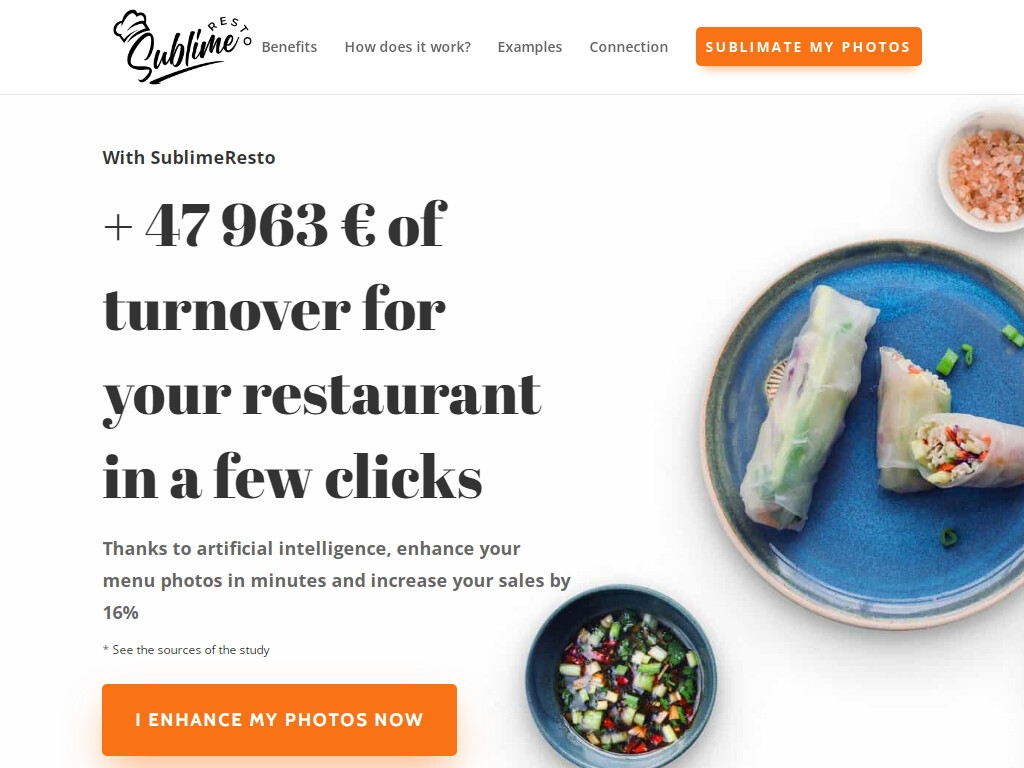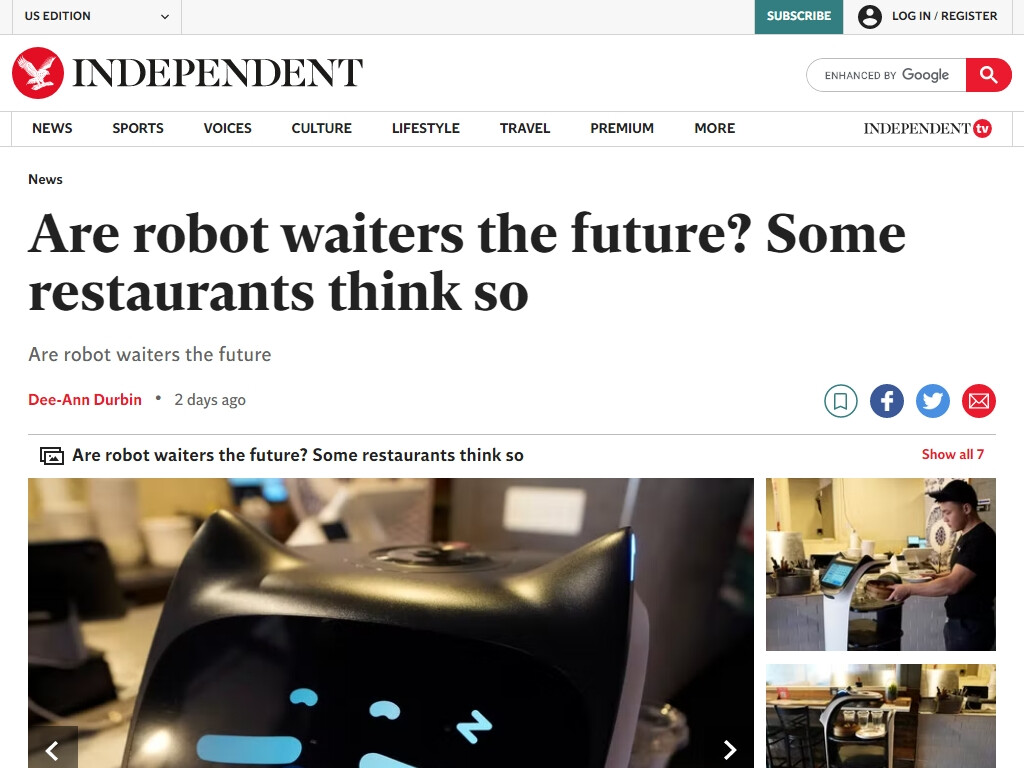Fast food tastes so good for several reasons, which can be attributed to how it is prepared, the ingredients used, and the psychological factors associated with its consumption. Here are some of the primary reasons why fast food tastes so good:
- High fat, salt, and sugar content: Fast food is often loaded with fats, salt, and sugar, which are highly palatable and appealing to our taste buds. These ingredients stimulate the brain's reward system, creating a pleasurable and satisfying sensation.
- Flavor enhancers: Fast food companies use flavor enhancers, additives, and artificial ingredients to improve their food's taste. These ingredients amplify the taste and aroma of the food, making it more appealing and enjoyable.
- Consistency: Fast food chains maintain a consistent taste across their menu items and locations using standardized recipes, cooking techniques, and ingredient sources. This consistency ensures that customers know what to expect when they visit a fast-food restaurant, creating a sense of familiarity and comfort.
- Mouthfeel: The texture and mouthfeel of fast food also contribute to its taste appeal. Many fast food items are deep-fried, which creates a crispy exterior and a tender, juicy interior. This combination of textures is particularly pleasing and satisfying to eat.
- Convenience and accessibility: Fast food is designed to be quick, convenient, and easily accessible. The ease and speed of obtaining fast food can make it seem more appealing and enjoyable to consume, particularly when people are hungry and pressed for time.
- Emotional associations: Fast food is often associated with positive emotions and memories, such as childhood treats or celebrations with friends and family. These emotional connections can enhance the taste and enjoyment of fast food.
- Marketing and branding: Fast food companies invest heavily in marketing and branding to create an enticing image for their products. Advertisements, promotions, and the overall ambiance of fast-food restaurants can influence how customers perceive the taste and quality of the food.
In summary, the taste appeal of fast food can be attributed to its high fat, salt, and sugar content, flavor enhancers, consistency, mouthfeel, convenience, emotional associations, and effective marketing. These factors combine to create a satisfying and enjoyable eating experience for many people, despite the known health risks of consuming fast food regularly.


